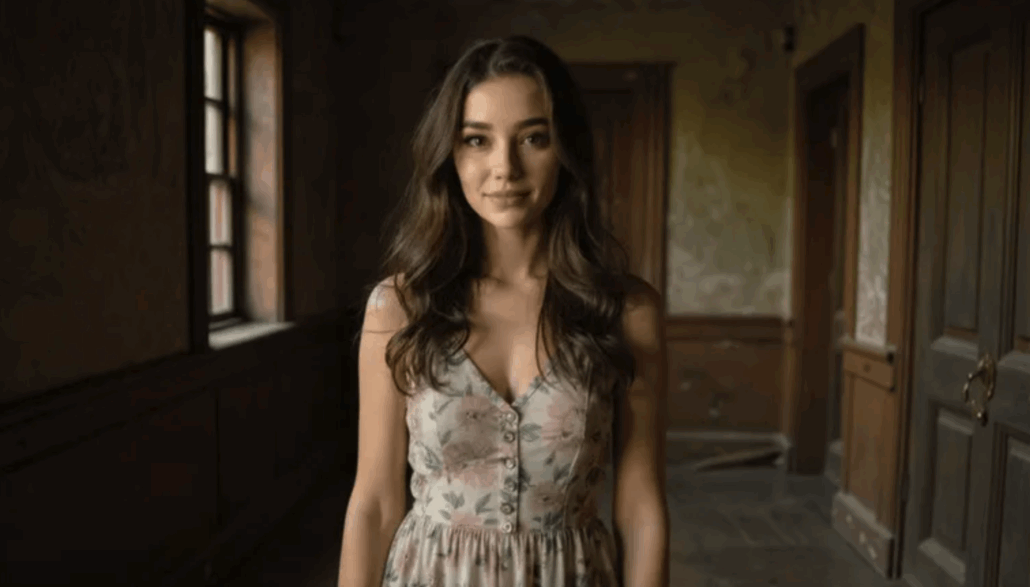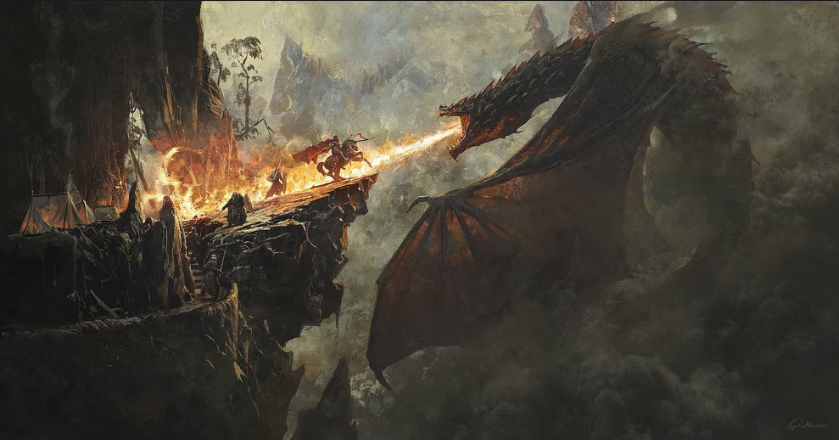‘I want AI to do my dishes so I can be free to write and paint, not to write and paint for me so I can wash the dishes.‘ This simple statement, which circulated widely on social media recently, captures a profound anxiety rippling through the creative world. As artificial intelligence progressively demonstrates the ability to generate music, visual art, literature, and even acting performances, we face an uncomfortable question: are we building tools that free human creativity or replace it? The explosion of generative AI tools has fundamentally changed what’s possible in creative production. Tools like DALL-E, Midjourney, and Stable Diffusion can generate sophisticated visual art in seconds. AI music platforms compose original scores. ChatGPT and similar language models draft everything from marketing content to poetry. And in September 2025, the entertainment world was shaken by the introduction of Tilly Norwood, a fully AI-generated “actress” seeking representation from Hollywood talent agencies. Norwood’s debut sparked immediate backlash. Emily Blunt called the prospect ‘really, really scary‘. At the same time, SAG-AFTRA issued a stark statement: ‘Tilly Norwood is not an actor, it’s a character generated by a computer program that was trained on the work of countless professional performers without permission or compensation‘. The union emphasised that AI has ‘no life experience to draw from, no emotion’ and that audiences aren’t interested in watching computer-generated content untethered from the human experience.When AI enters the studio

The music industry faces similar upheaval. In 2025, Spotify removed over 75 million ‘spammy tracks’ from its platform, many of them AI-generated content flooding the ecosystem. The platform’s Discover Weekly playlists, once prized for their personalised recommendations, have become increasingly polluted with AI-generated songs. The fake band Velvet Sundown accumulated over a million streams before being revealed as entirely synthetic. Meanwhile, on Etsy, handmade craft sellers complain their listings are drowning in a sea of AI-generated designs.
These examples show a significant shift in how creative content is created, shared, and enjoyed.
The backlash against AI creativity isn’t simply technophobia or resistance to change. Artists and performers raise legitimate concerns that strike at the heart of what makes creative work valuable, both economically and culturally.
Economic displacement: When AI can generate a decent logo in seconds, why hire a graphic designer? When algorithms can compose background music for videos, why pay a composer? The threat isn’t just theoretical. Spotify’s controversial ‘Perfect Fit Content’ program, which came to light in journalist Liz Pelly’s investigation, showed the platform commissioning cheap tracks under fake artist names, potentially diluting royalty pools for real musicians. If AI can produce ‘good enough’ creative content at near-zero cost, entire professional categories face obsolescence.
The craft and mastery question: It takes years to master an instrument, develop a distinctive writing voice, or perfect a painting technique. Does AI-generated art devalue this investment in skill development? Artist Greg Rutkowski found that his name became one of the most-used prompts in AI-generated art. His distinctive style, developed over decades, is now replicated by anyone typing his name into a prompt. Thousands of artists discovered their work was scraped to train AI models without consent or compensation.

Authenticity and human connection: When we experience art, we are not just consuming pixels or sounds. We are connecting with another human’s perspective, struggle, and vision. Actress Betty Gilpin, in an open letter to Tilly Norwood, wrote: ‘You look good. But you look empty. You don’t make me feel like my cells are trading with yours. You make me feel alone.’ This captures something deeper: art conveys human experience translated into form, it communicates one person’s lived experience to another.
Copyright and consent: The legal area remains murky. Getty Images sued Stability AI. Artists discovered their distinctive styles being used without permission. Musician Stella Hennen found Tilly Norwood looked like her ‘doppelganger‘, raising unsettling questions about whose faces and mannerisms were composited to create the AI actress. Scottish actress Briony Monroe alleged that her likeness was used in Norwood and consulted her union about potential personality rights violations. These conflicts highlight the urgent challenges and policy considerations for AI-generated content and IP rights.
Yet dismissing AI’s role in creativity entirely misses important nuances. Throughout history, artists have embraced new technologies that initially sparked similar anxieties, from oil paints to synthesisers to digital photography. AI tools are lowering barriers to creative expression, giving more people access to forms of artistry that once required years of training or expensive equipment. Someone without formal design education can now generate compelling visuals to accompany their writing, and musicians can experiment with arrangements beyond their instrumental skills. This democratisation opens the door for many who were previously excluded from the creative industries due to cost, geography, or opportunity.
For many established artists, AI has also become a collaborator rather than a threat. It can generate early concepts to refine, offer variations on a theme, or take over tedious technical work so creators can focus on vision and emotional depth. Musician Grimes, for example, invited fans to use her AI-generated voice and split royalties with them, an innovative gesture that redefines authorship as shared rather than threatened.
AI also enables entirely new kinds of creative experiences: interactive stories that adapt to readers, paintings that evolve in real time, or music that responds to a listener’s mood. These are not simply recreations of old forms; they are emerging art forms in their own right. And for creators with disabilities that make traditional methods difficult, AI tools can be genuinely liberating, translating ideas into form through voice commands or other adaptive interfaces.
Used thoughtfully, AI doesn’t just replicate human creativity; it extends its reach.
The growing presence of AI in art forces us to reexamine what we mean by creativity itself. Traditional art assumes a creator with intent, someone with something to express, communicate, or explore. AI has no intent; it generates outputs based on statistical patterns, not emotional truths. But if the result moves us, does that distinction matter? Or is it the human experience of the audience that ultimately defines art?
Part of what we value in artistic creation is the struggle behind it, the long practice, the frustration, the hard-won mastery. Those traces of effort and imperfection give art its texture and authenticity. AI, by contrast, produces without struggle or doubt, untouched by life experience. It cannot draw from love, loss, or longing. These aren’t technical limitations but fundamental ones.
As AI grows more sophisticated, it may blur the line between wonder and reality, making it impossible to tell human-made art from synthetic creation by appearance or sound alone. But authenticity isn’t only about execution, it’s also about the connection between creator and creation. When we know a work was born out of human experience, it moves us differently. Perhaps that’s the line that will always matter: not what looks human, but what feels human.

AI is already part of the creative process. What matters now is shaping its role in ways that support human flourishing, not just economic efficiency.
Transparency and choice: Listeners, readers, and viewers deserve to know when AI generates content. Platforms like Spotify have begun implementing disclosure policies, though enforcement remains challenging. Transparency allows audiences to make informed choices about what they consume and support.
Economic structures that value human creativity: If AI can flood the market with ‘good enough’ content at minimal cost, we need economic models that still support human creators. This might mean revised copyright frameworks, platform policies that prioritise human-created work, or new ways of valuing and compensating creative labour that algorithms can’t easily replicate.
AI as augmentation, not replacement: The most promising path forward treats AI as a tool that augments human creativity rather than replaces it. Just as calculators didn’t eliminate the need for mathematical understanding, AI creativity tools work best when wielded by humans with vision, taste, and something to say.
Protecting creative rights: Artists need stronger protections against unauthorised use of their work, likenesses, and styles in training AI models. This includes consent mechanisms, compensation structures, and legal frameworks that recognise artistic identity as worthy of protection.
Preserving space for human craft: Even in an AI-enabled world, there’s value in human craftsmanship, mastery, and the visible traces of human effort. We might need to actively preserve space for this through institutions, education, patronage, or cultural practices that continue to value human-made art for its own sake.
When actress Mara Wilson responded to Tilly Norwood, she asked: ‘And what about the hundreds of living young women whose faces were composited together to make her? You couldn’t hire any of them?‘ Her words reveal what’s really at stake. The technology to create AI performers already exists, but the real issue isn’t whether we can; it’s whether we should.
Creativity is the way humans turn experience into expression. It’s how we process experience, communicate across differences, and leave something of ourselves behind. If we allow that to be optimised away in the name of efficiency, we risk losing something essential about what makes us human. The challenge of our moment is ensuring that as AI capabilities grow, human creativity doesn’t shrink to fill the remaining space, but rather expands into new territories that only humans can explore.
The brush, ultimately, should remain in human hands. AI can mix the paints, suggest colour combinations, or even generate reference images. But the vision of what to create and why must remain ours.
Author: Slobodan Kovrlija